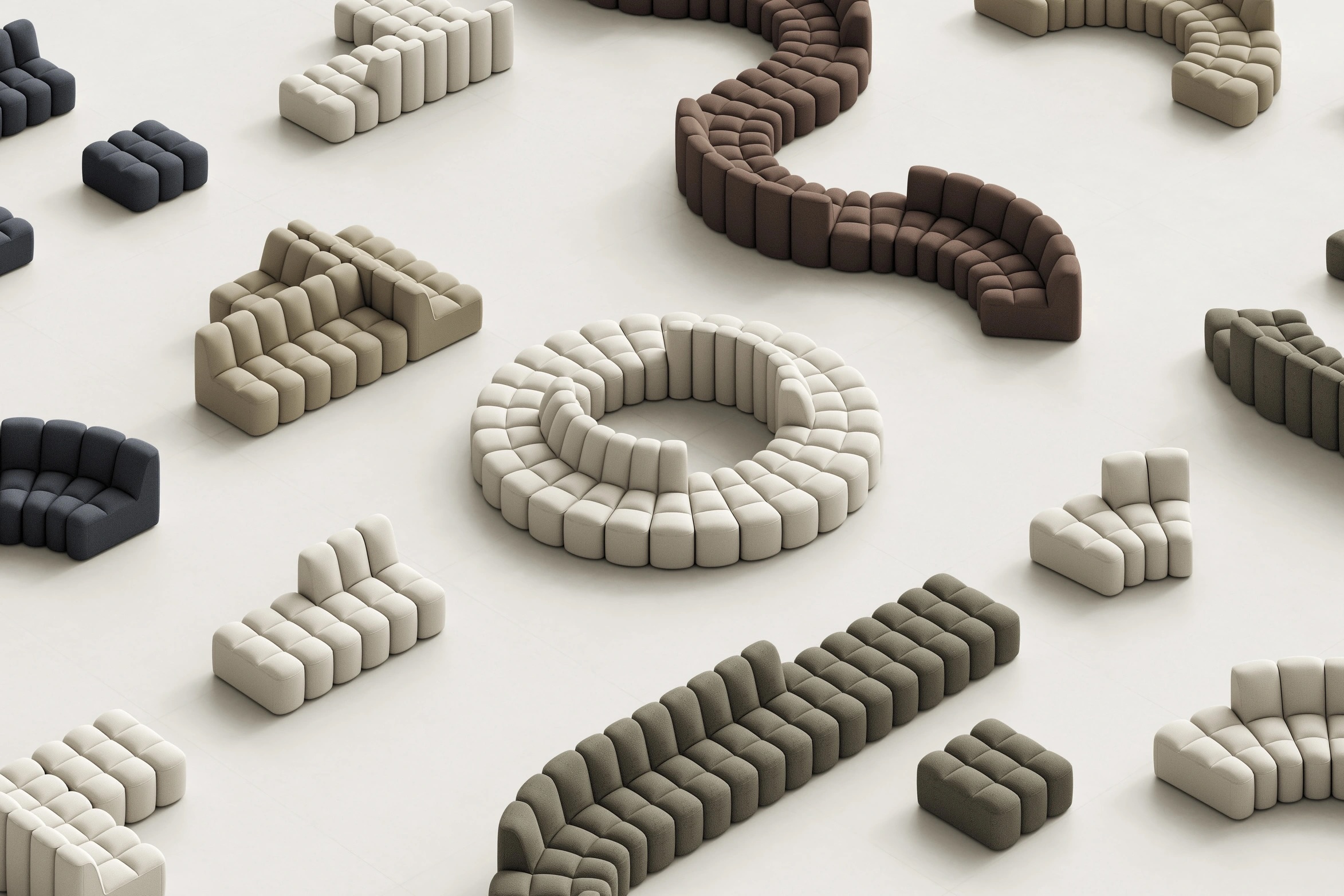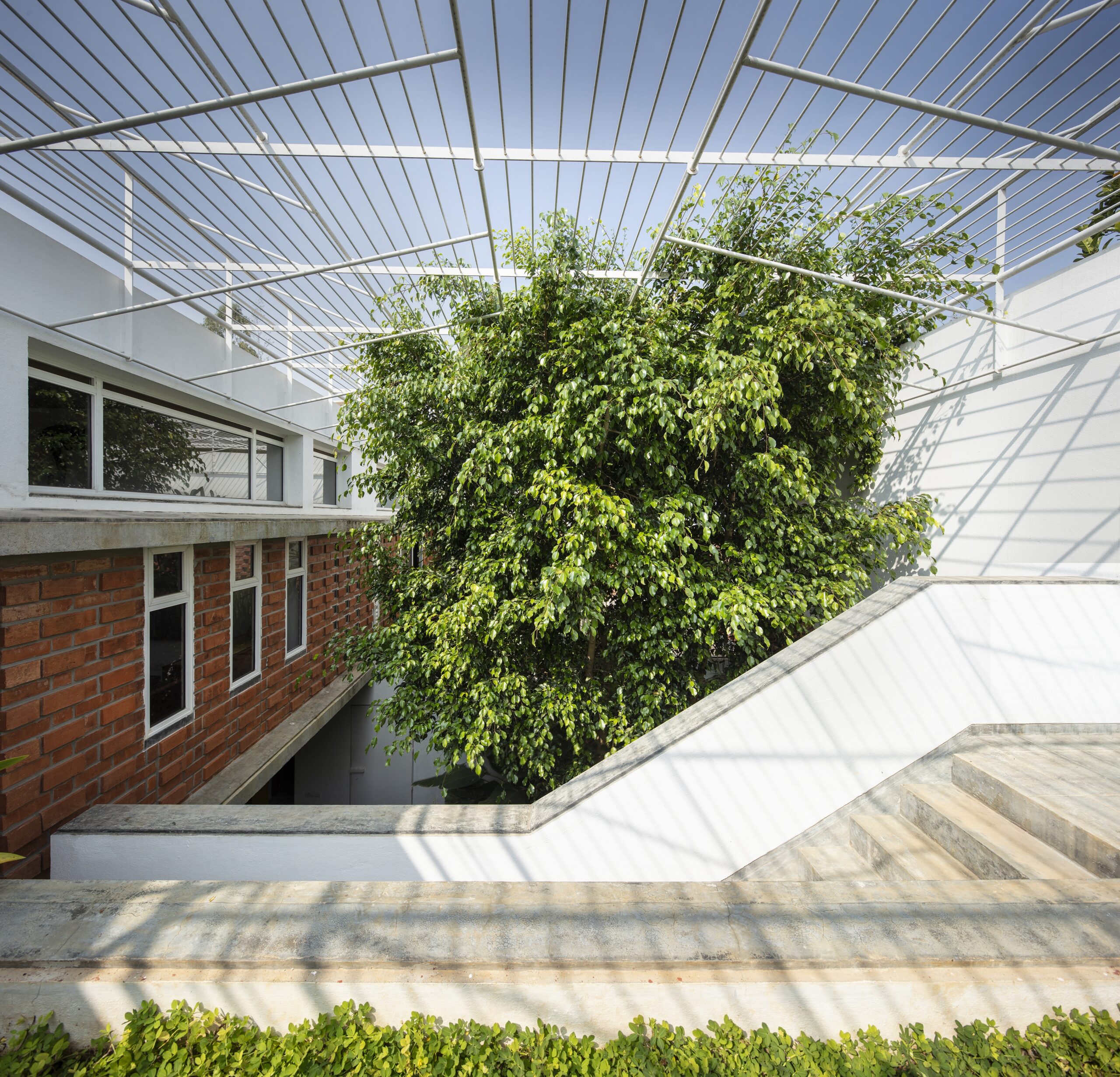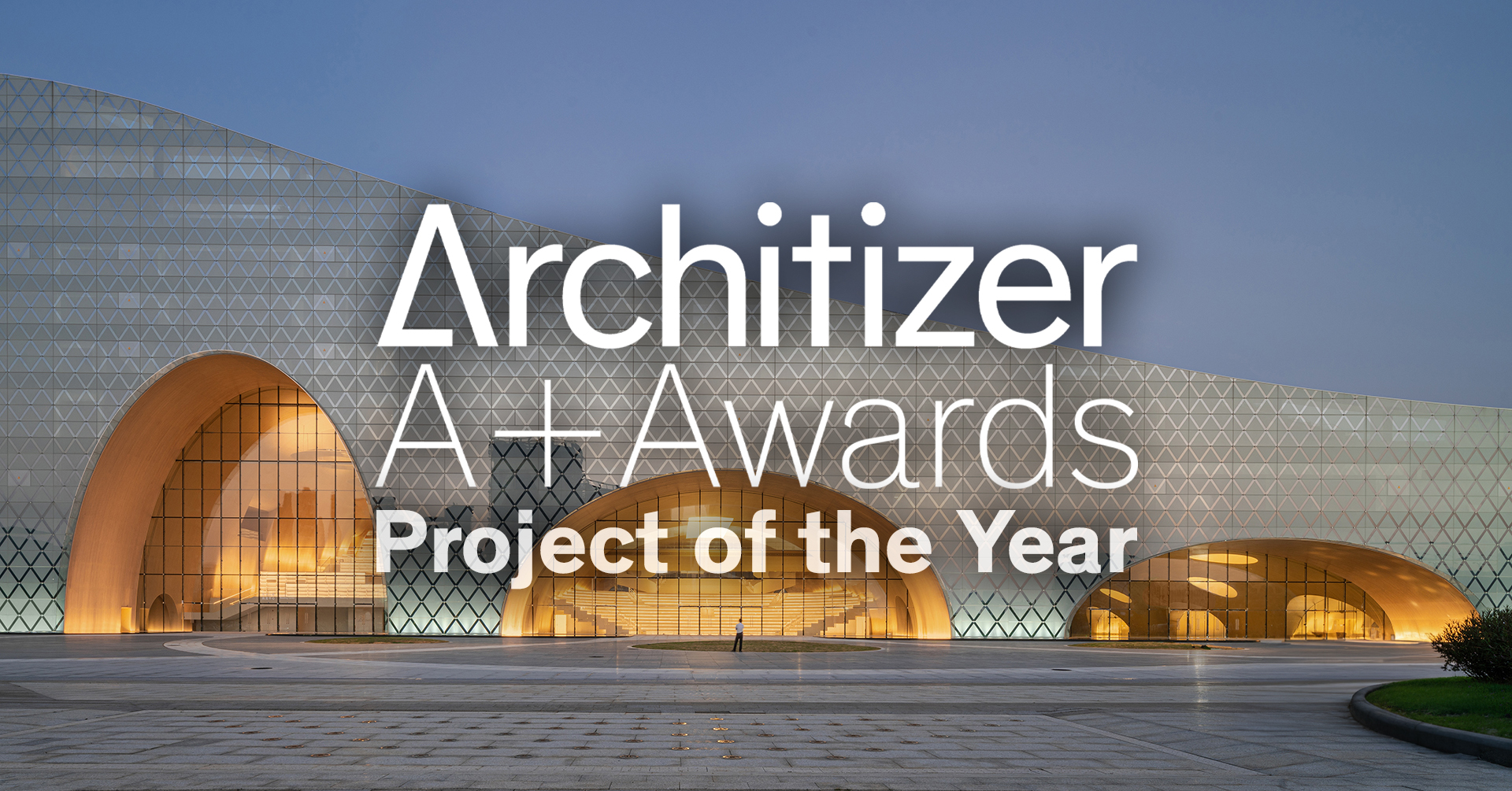Learning from Artists: New Perspectives on Public Space

 D_un cercle a l_autre / Daniel Buren . Image © Alf van Beem via Wikipedia
D_un cercle a l_autre / Daniel Buren . Image © Alf van Beem via Wikipedia
Public space has long been central to architectural thought, often framed in terms of planning, infrastructure, and regulation. From Haussmann's Paris to contemporary masterplans, architects have worked to define and formalise collective life through spatial tools. Yet, outside of these frameworks, artists have continuously offered alternative ways of understanding and inhabiting public space—ways that rely not on construction or permanence, but on presence, perception, and participation. Through actions, objects, or atmospheres, artists engage the city as a site of friction and imagination. These gestures challenge architectural conventions and invite artists to reconsider public space not as a solved form, but as a contingent and open process.



















































